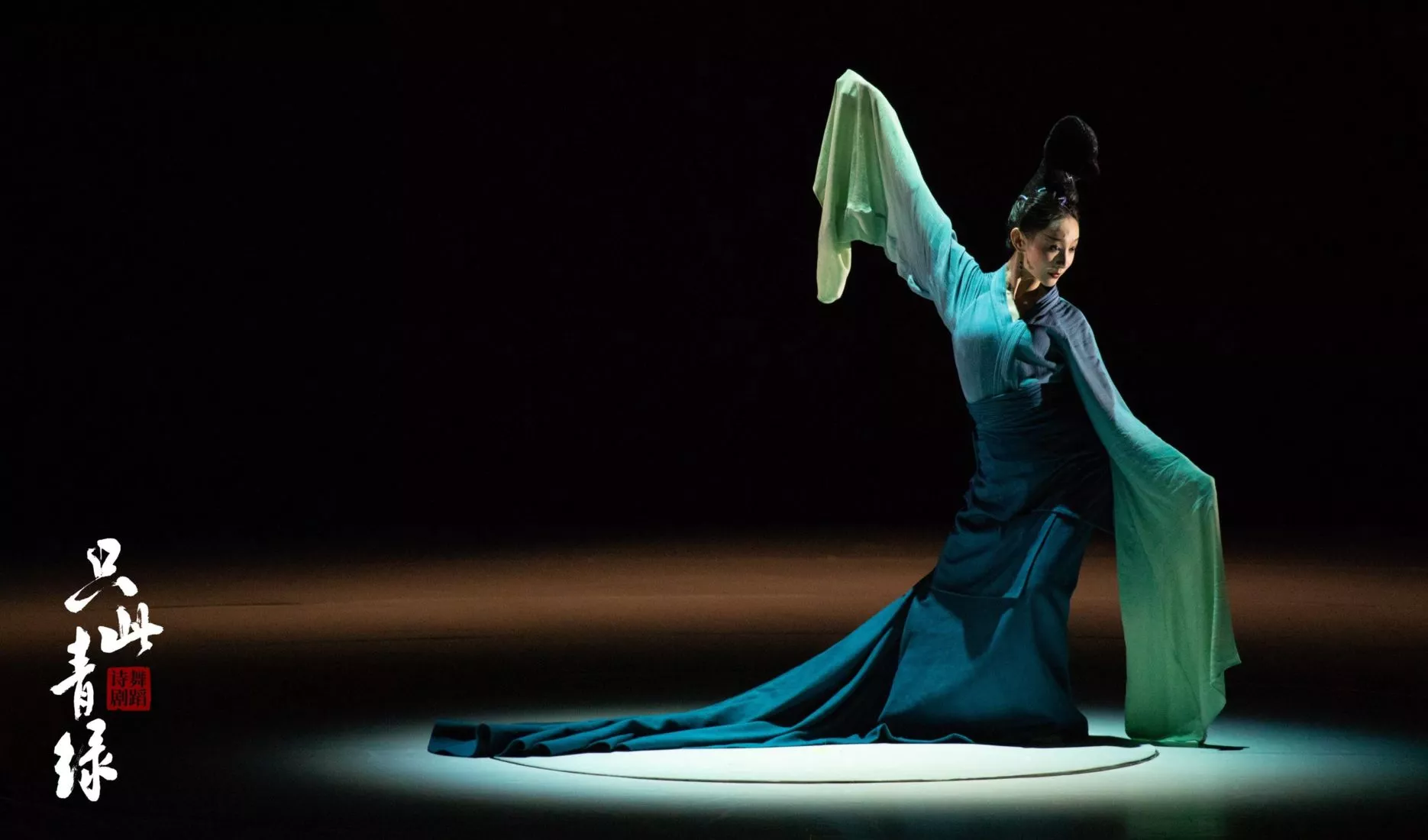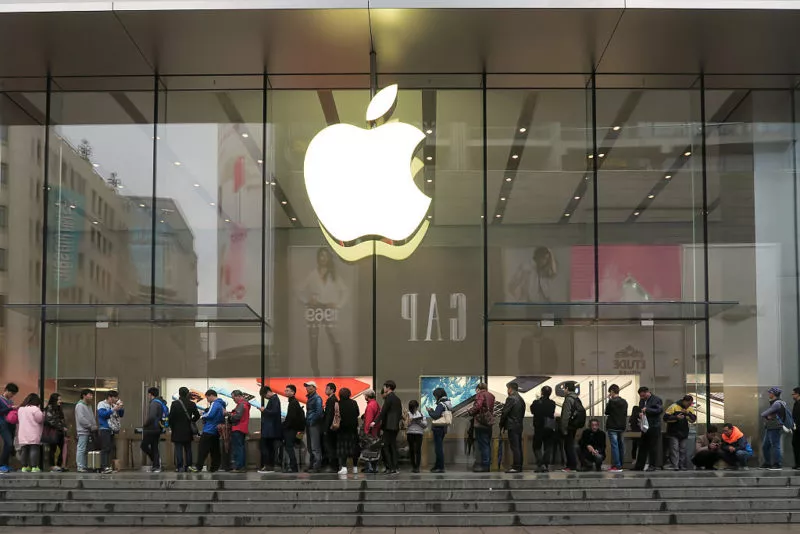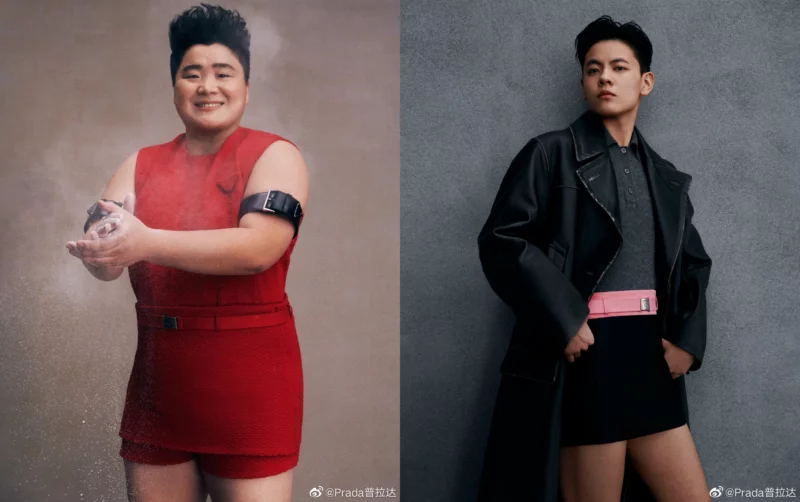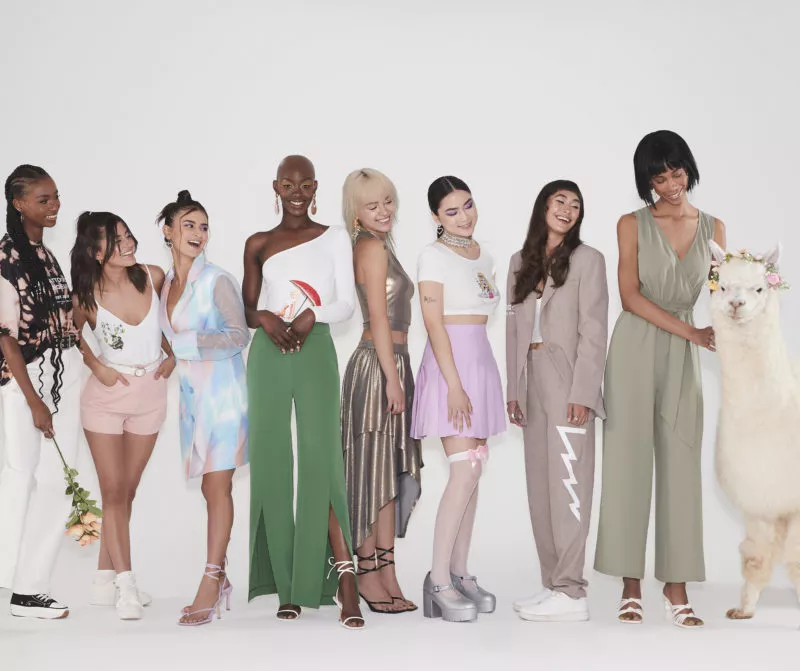On January 31, the eve of Chinese New Year, a Chinese dance was performed at the Spring Festival Gala, going viral on Chinese social media for its synthesis of in-depth understanding of traditional Chinese culture and stunning visual presentation.
The dance “The Painting Journey – The Legend of a Panorama of Mountains and Rivers”, was broadcast on the CCTV (China Central Television) Spring Festival Gala. This is an annual occasion to celebrate the upcoming Chinese New Year, which often features music, dance, comedy, and drama performances.
The dance itself is inspired by a traditional Chinese painting called “A Thousand Li of Rivers and Mountains”, which is one of the greatest works of Chinese landscape painting. The use of green and blue colours in that painting creates a harmonious panorama of mountains and rivers back in the Song Dynasty (10th century to 13th century), something the new performance reproduced.
The poetic dance is a recreation of the traditional painting, by two female directors and 17 artists taking part, with the whole design process lasting for over 20 months. It has been highly praised by people on Chinese social media for its delicate design and in-depth understanding of the tradition. The clip of the dance has already hit over 7 million views on Weibo alone, with many Chinese social media platforms buzzing due to this dance.
The whole dance conceptualises mountains as artists in the performance: the hairstyle of the artists represents the mountain peak in the original painting, while the shade of green and blue of the clothing is a poetic interpretation of waters and mountains near and far. According to one of the directors, Han Zhen, both members of the creative team read a lot of poetry from the Song Dynasty to put the historical context into consideration. She also pointed out that there is not much interaction between artists and audience as they want to emphasise the solemn depiction of mountains and set off the strong character of artists.
Many people commented on Chinese social media platforms that this poetic dance is what they expect from recreation and tribute to traditional Chinese culture. This blend of traditional and modern elements, when paired with care and respect, can work well to show such resonance for the history of a culture. Such a blend is particularly strong right now given the guachao trend within China that puts an emphasis on traditional Chinese culture embedded into products.
In recent years, there are a lot of international companies who have tried to learn from the traditional Chinese culture to better meet the need of the Chinese market. But, the fact is they don’t have an in-depth understanding of real Chinese culture and so their creations can end up showing a lack of thought or knowledge, turning Chinese consumers away from their brand.
Historically, these international companies, have taken a piece of so-called Chinese culture and recreated their “misunderstandings” which backlashed in the end. For example, both Balenciaga and Dolce & Gabbana made the same mistake of misinterpreting Chinese culture, with D&G creating an offensive campaign where the actors used chopsticks to eat pizza. What international brands can learn from this beloved poetic dance is that if they want to make themselves recognised in the Chinese market they need to dig deeper into the core of Chinese culture, rather than something on the surface.
Read more:









